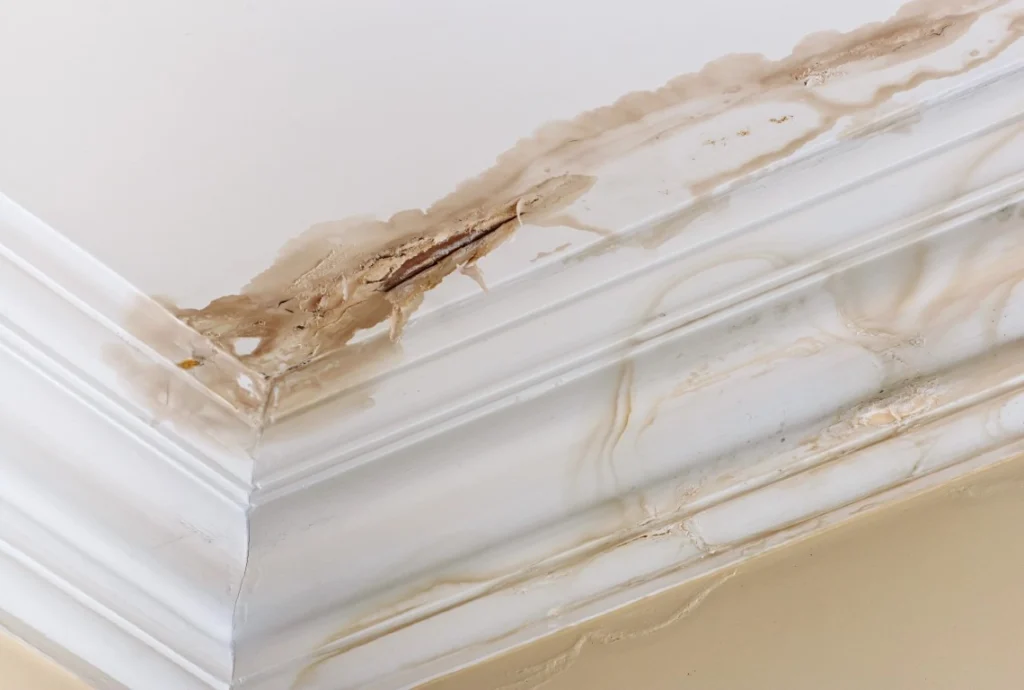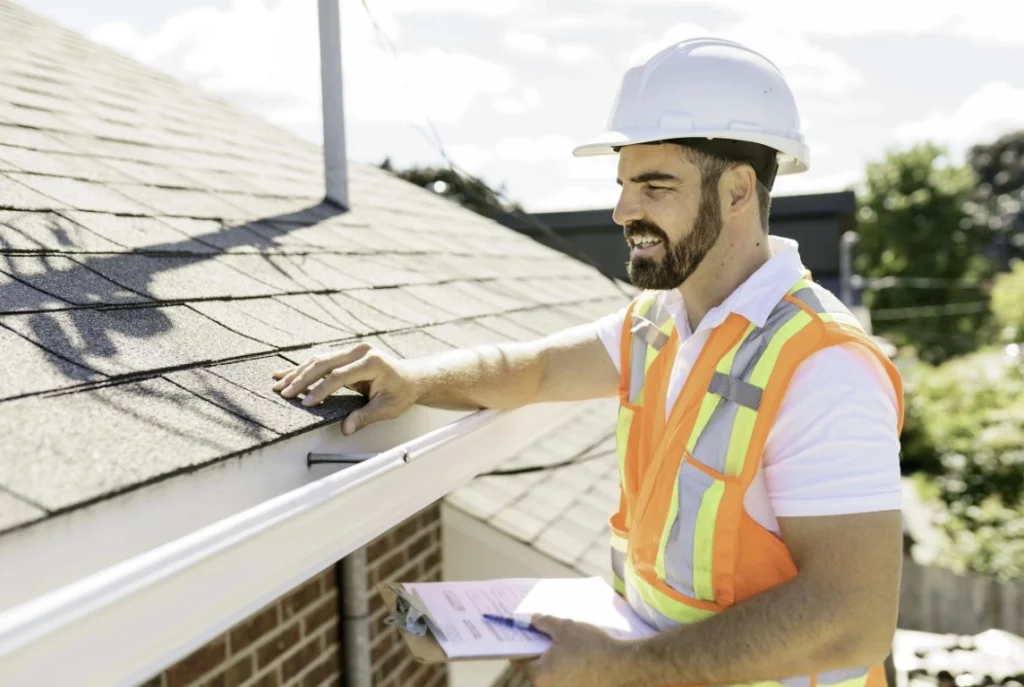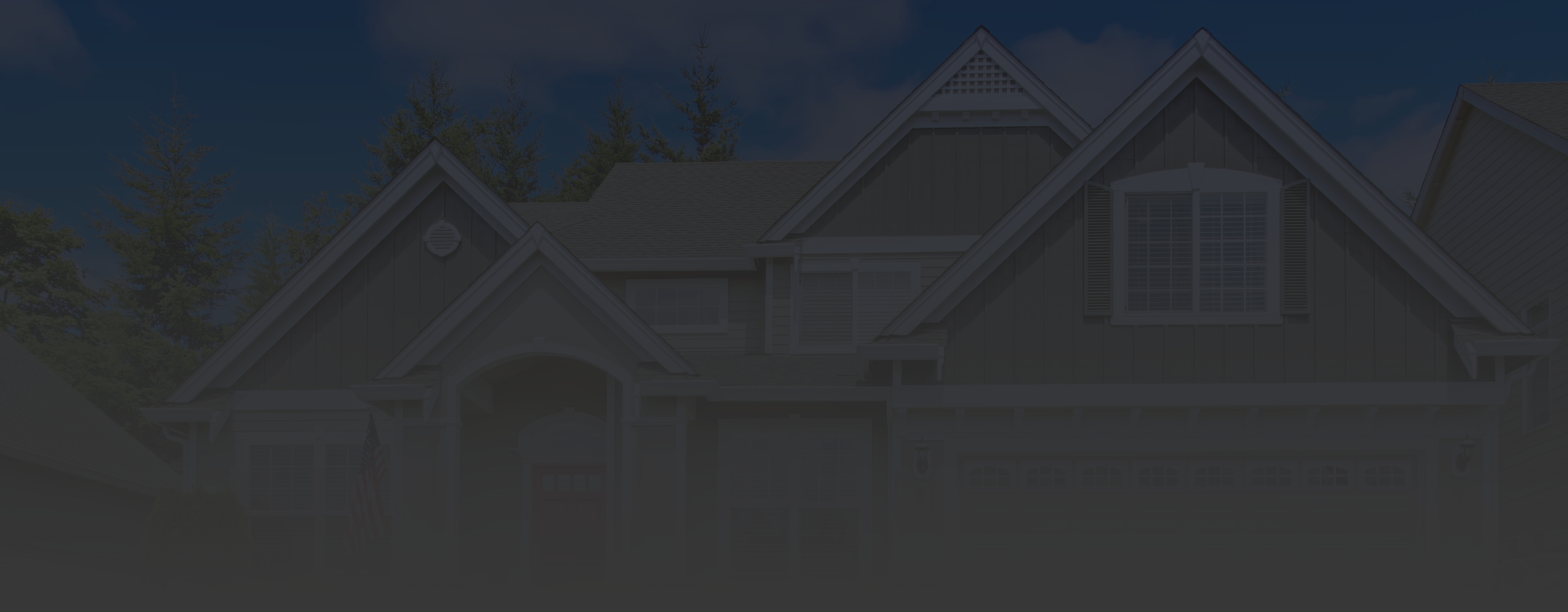
So, your roof is sagging. Maybe it’s been like this for a while, or maybe you just noticed it when you were doing some yard work. Whatever the case, a sagging roof can be a serious problem that should not be ignored. From rotting to foundation problems, a sagging roof may indicate serious problems with your home’s structural integrity.
At Kanga Roof, we want you to be able to recognize the signs that your roof needs maintenance so you can keep it in great condition for years to come. That’s why we’re presenting this guide, which covers possible causes of roof sagging, signs of trouble, the risks of prolonging necessary repairs, and the value of prompt solutions.
Signs of a Sagging Roof
First, let’s go over the symptoms of a sagging roof. If you notice any of these signs, it’s a good indication that your roof is sagging:
- Visible dips or curves: The most obvious sign is a visible dip in the roofline. Roofs should appear straight and uniform, and any deviation may be concerning.
- Interior ceiling warping: Sagging may be visible from inside the home, affecting the ceilings and walls.
- Roof leaks and water damage: A sagging roof can cause water to pool on the surface, leading to leaks, rotting, and mold growth.
- Cracked or stressed walls: When the roof sags, it can put pressure on the walls, causing them to crack or shift.
- Difficulty opening doors and windows: Shifting structures can affect door frames and window alignment, making them difficult to open.
Common Causes of Roof Sagging
Once you’ve noticed that your roof is sagging, the next step is to identify the cause. If your roof is approaching the end of its expected lifespan, it has likely weakened over time, especially if it has not been properly maintained. This can cause it to sag.
Another common cause of sagging is excessive weight on the roof. This can occur due to heavy snow and ice accumulation, too many layers of shingles, or improperly installed solar panels or HVAC units.
Water damage and rot can also lead to sagging. Poor drainage traps moisture on the roof, causing structural features like the roof deck or trusses to rot.
Speaking of structural issues, weak or undersized rafters and trusses may not be able to support the load of the roof, causing it to sag. Furthermore, poorly installed or defective materials, along with a lack of proper bracing or support beams, can also impact the roof’s structure.
Finally, as the foundation settles or shifts over time, it can impact the entire structure of the home, including the roof.

Risks of Ignoring a Sagging Roof
Roof maintenance can be inconvenient. Nobody wants to take time out of their busy schedule to schedule and oversee repairs. However, putting off maintenance for too long can be dangerous, allowing relatively minor problems to escalate and cause major damage.
The risks of ignoring a sagging roof include:
- Increased risk of collapse: If left unaddressed, sagging can worsen, potentially leading to catastrophic collapse.
- Compromised home safety: Structural damage can impact the strength and integrity of the walls and ceilings, affecting your home’s overall stability.
- Water damage and mold growth: Sagging roofs can allow water infiltration, putting your home at risk of water damage and mold growth.
- Decreased property value: A sagging roof can deter potential buyers and significantly lower your home’s resale value.
- Higher repair costs over time: Delaying repairs can lead to more expensive and complicated fixes down the line.
What to Do If Your Roof Is Sagging
If you notice your roof is sagging, the first thing you should do is schedule a professional inspection. It’s important to have an expert assess the situation and determine the best course of action, whether it’s repair or replacement.
Temporary solutions, such as emergency supports, clearing snow, and laying tarps can help while you wait for repairs or replacement. Don’t do anything without first consulting with a professional, though — walking on a compromised roof can be dangerous.

Preventative Maintenance Tips
Regular maintenance is the key to preventing your roof from sagging. Follow these expert tips to keep your roof in optimal condition:
- Seek regular roof inspections and maintenance.
- Ensure proper attic ventilation and moisture control.
- Keep gutters and drainage systems clear.
- Promptly repair leaks and minor damage.
Expert Maintenance and Repairs by Kanga Roof
If you’re dealing with a sagging roof, contact Kanga Roof at the first sign of trouble to schedule an inspection. Our expert technicians will identify the cause of the issue and provide necessary maintenance to ensure your home remains protected. Give us a call at 801-845-0021 today to schedule your inspection.



Follow Us